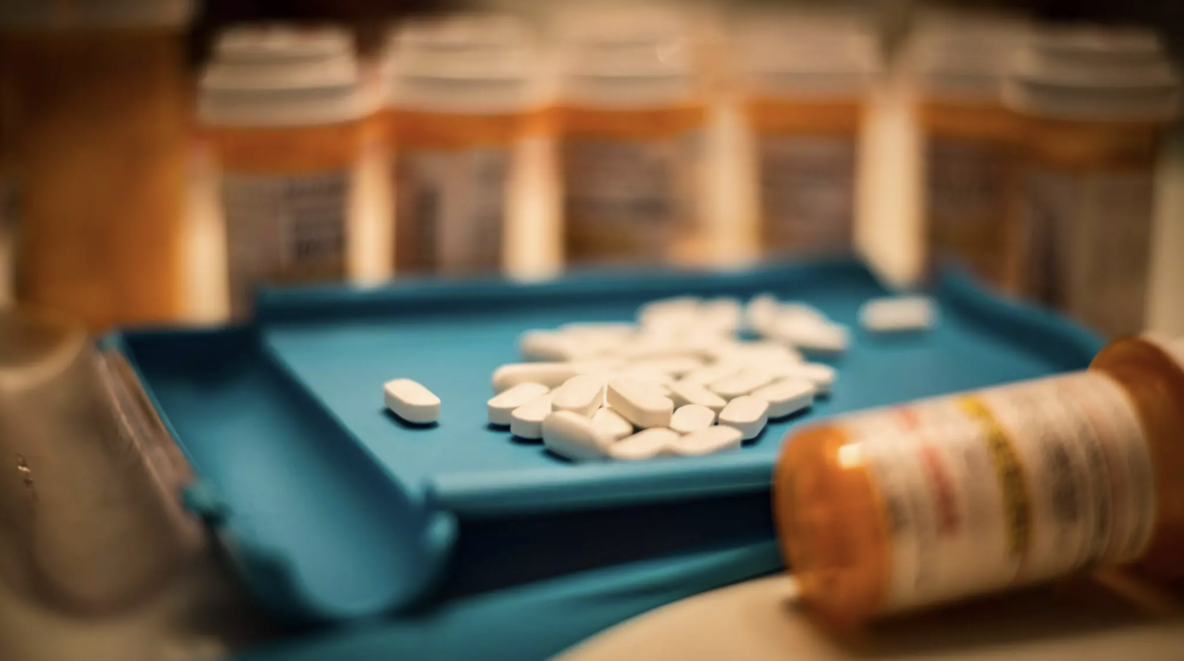This article was originally published in Business Insider.
New federal data reveals that America’s largest drug companies flooded the country with 76 billion oxycodone and hydrocodone pills in a seven-year period from 2006 to 2012, underscoring their role in manufacturing and distributing pills that helped fuel the nation’s opioid crisis.
First reported by the Washington Post, the previously undisclosed company data supplied to the Drug Enforcement Administration was made public as part of the largest civil action in US history. Almost 2,000 cities, towns and counties are suing over two dozen drug manufacturers and distributors, alleging they conspired to flood the nation with opioid pills while turning a massive profit and seeking to retrieve the money billions of dollars spent in addressing the crisis.
The drug companies in turn blame the crisis on overprescribing practices and customers who abused their prescriptions.
The DEA maintained a database with the information, which tracked the course of every single pill sold and handled by manufacturers, distributors, and pharmacies in towns and cities across the country. It reveals what the drug companies knew about the number of pills they were processing and dispensing. And they allowed the pills to reach communities even as they disregarded warning signs they were being sold on the black market in apparent violation of federal law.
Nearly 100,000 people died from 2006 to 2012 as a result of the prescription opioid epidemic, according to the Post.
In the same seven-year period, the amount of pills handled by these companies rapidly increased with the surging epidemic, increasing by just over half from 8.4 billion to 12.6 billion in 2012. Six companies distributed 75 percent of the pills during this time: McKesson Corp., Cardinal Health, Walgreens, AmeriSource Bergen, CVS and Walmart.
And according the Post analysis, three companies manufactured 88 percent of the opioids: SpecGx, Actavis Pharma, and Par Pharmaceutical. States like West Virginia, Kentucky, South Carolina, and Tennessee were inundated with the most pills.
Lawyers representing the plaintiffs in the civil lawsuit lauded the disclosure of the database.
“The data provides statistical insights that help pinpoint the origins and spread of the opioid epidemic — an epidemic that thousands of communities across the country argue was both sparked and inflamed by opioid manufacturers, distributors, and pharmacies,” co-lead counsel Paul Farrell Jr. told the Post.
The drug industry has paid over $1 billion in fines to the Justice Department and the Food and Drug Administration, as well as hundreds of millions of dollars to settle state lawsuits. Last year, 68,557 people died from a drug overdose — though it marked a drop in American overdose deaths for the first time since 1990, The New York Times reported.
In Oklahoma, a civil case is unfolding that could hold a pharmaceutical company directly responsible for their role in igniting the opioid crisis for the first time. The state attorney general’s lawsuit alleges that Johnson & Johnson and its subsidiary Janssen Pharmaceuticals helped fuel the crisis with their aggressive marketing practices, leading to thousands of overdose deaths in Oklahoma over the past decade.
Oklahoma is seeking to have Johnson & Johnson pay $17 billion over 30 years to alleviate the public health crisis in the state.

